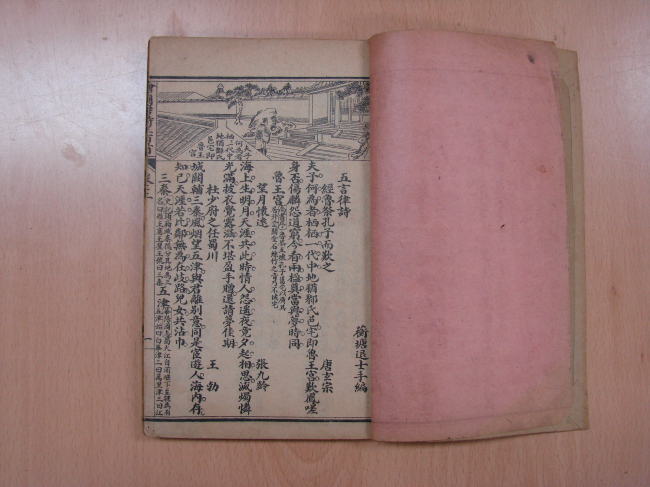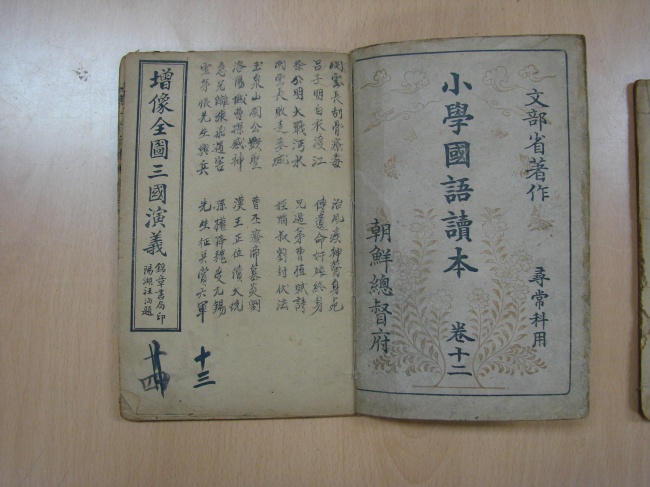Smugglers use auction sites to sell cultural heritage
By Korea HeraldPublished : June 16, 2013 - 20:23
The Internet has linked the world to a new level, enabling exchanges and trade of nearly everything with just few clicks. But it has become a headache for governments as online auction sites have become a loophole in cultural heritage smuggling.
The Seoul Metropolitan Police Agency on Friday said that five people have been apprehended for illegal trade of a total of 187 non-designated cultural heritage artifacts using eBay, the world’s largest auctioning site. The authorities have managed to reclaim 86 of the items.
According to the investigation, the suspects have put up Shipjuksehwabo (Brochure of 10 bamboos), Jeungsangjeondosamgukyeonui (Commentary for Romance of The Three Kingdoms), Dangsisambaeksu (300 Poems of Tang Kingdom), china and others, believed to have been published or made during the Joseon period (1392-1910), on the website. Though they are not state-designated and protected cultural assets, the artifacts are still considered unique items of Korea’s cultural heritage, and are restricted from being taken overseas, the authorities said.
The Seoul Metropolitan Police Agency on Friday said that five people have been apprehended for illegal trade of a total of 187 non-designated cultural heritage artifacts using eBay, the world’s largest auctioning site. The authorities have managed to reclaim 86 of the items.
According to the investigation, the suspects have put up Shipjuksehwabo (Brochure of 10 bamboos), Jeungsangjeondosamgukyeonui (Commentary for Romance of The Three Kingdoms), Dangsisambaeksu (300 Poems of Tang Kingdom), china and others, believed to have been published or made during the Joseon period (1392-1910), on the website. Though they are not state-designated and protected cultural assets, the artifacts are still considered unique items of Korea’s cultural heritage, and are restricted from being taken overseas, the authorities said.


Once the valuable antiques were purchased, the suspects put the items in international parcels or traveling trunks and sent them to the U.S., Canada and other countries.
“The suspects used the U.S.’ eBay, which has a server system overseas that is hard for Korean authorities to monitor. The company also keeps the records of the auctioned items for only 90 days, which means tracking down the ownership and deal is very difficult. The suspects also took advantage of the fact that most workers of global logistics companies are not familiar with cultural assets,” the investigators said.
This is not the first time the Internet has become a forum for illegal trading of cultural heritage. In 2010, 1,200 “old and valuable” documents were confiscated from three smugglers who used unauthorized auction sites to trade more than 510,000 items. They reportedly hid highly valued items for 10 years, after which the statute of limitations on their theft had expired.
“The Cultural Heritage Administration has been aware of this possible smuggling method since 2011 and has been conducting X-ray scanning on international post to detect restricted antiques from leaving the country. We will strive to prevent further mishaps,” the Cultural Heritage Administration stated on Friday.
EBay and other online auctioneers have a strict rule banning trade of cultural heritage items. “But it is true that we cannot monitor every single item and deal,” said a spokesman of one of the country’s largest online auction sites.
Insiders and experts express concerns that the definition of “valuable cultural heritage or artifacts” is vague and that it is difficult for ordinary citizens to distinguish illegality in trading what looks like an old and beautiful piece of art.
“It is tricky,” said Kim Kye-shik, a CHA official. “But according to a previous court ruling, ‘valuable cultural heritage worth a trade ban’ is noticeable even to ignorant people and is noticeable at first glance by people with common sense,” he said.
By Bae Ji-sook (baejisook@heraldcorp.com)
-
Articles by Korea Herald


![[Exclusive] Korean military set to ban iPhones over 'security' concerns](http://res.heraldm.com/phpwas/restmb_idxmake.php?idx=644&simg=/content/image/2024/04/23/20240423050599_0.jpg&u=20240423183955)

![[Graphic News] 77% of young Koreans still financially dependent](http://res.heraldm.com/phpwas/restmb_idxmake.php?idx=644&simg=/content/image/2024/04/22/20240422050762_0.gif&u=)



![[Pressure points] Leggings in public: Fashion statement or social faux pas?](http://res.heraldm.com/phpwas/restmb_idxmake.php?idx=644&simg=/content/image/2024/04/23/20240423050669_0.jpg&u=)










